9.2 /10 1 Votes9.2
Initial release date 2 August 2002 | 4.6/5 Emuparadise Publisher Banpresto | |||||||||||||||||||||||||||||||||
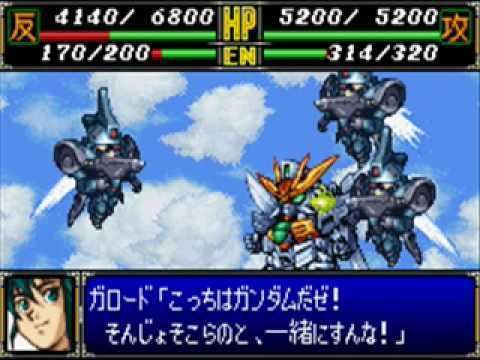 | ||||||||||||||||||||||||||||||||||
Similar Super Robot Wars games, Banpresto games, Tactical role-playing games | ||||||||||||||||||||||||||||||||||
The storm
Super Robot Wars R (スーパーロボット大戦R, Sūpā Robotto Taisen Aaru) is a video game for the Game Boy Advance and is part of the Super Robot Wars franchise. It is the second game for the handheld system, preceded by Super Robot Wars A. Like its predecessor, it is ported into a mobile cellphone as part of the Super Robot Wars i line.
Contents
- The storm
- Super robot taisen r stage 8
- Series Included
- Plot Characters
- Noteworthy
- Connection To The Original Generation Universe
- Reception
- References
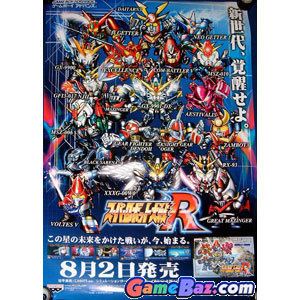
Super robot taisen r stage 8
Series Included
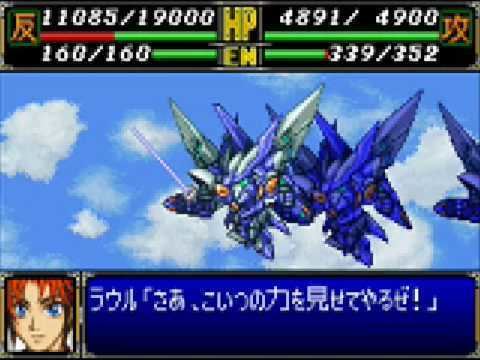
Plot & Characters
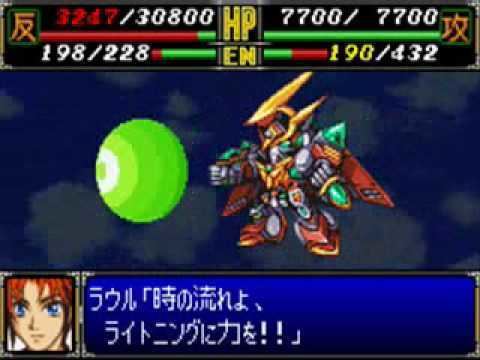
Depending on the player's choice, the game revolves around either Raul Gureden or Fiona Gureden, the pilot of the prototype rescue unit Excellence, alongside co-workers Raji Montoya and Mizuho Saiki. Equipped with the Time Flow Engine into the Excellence, the three ally with the Nadesico B or the Nahel Argama, hoping to promote their machine for funding towards further development. However, a mysterious being named Duminuss wishes to use the Time Flow Engine for its own purposes. Things take a turn for the worse when Raul/Fiona are accidentally sent to the past, where they have to make a decision to let history flow as it is or attempt to correct the events leading to the present, in order for a better future.
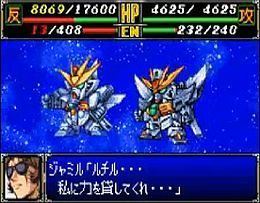
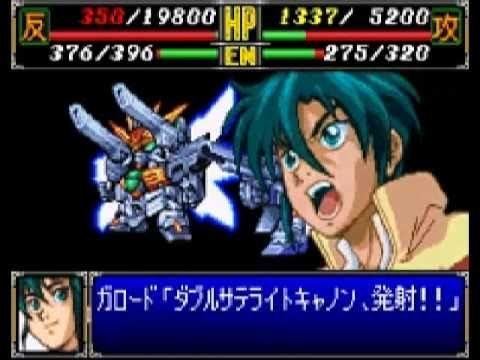
Unique to the protagonist machine Excellence is the ability to change into a variety of frames suited for different forms of combat and terrain. These frames include Cosmodriver (space), Striker (melee), Gunner (long-range), Flyer (air) and Diver (water). The final frame, depending on the chosen protagonist, is the Lightning (Raul) and Eternal (Fiona).
Noteworthy
Connection To The Original Generation Universe
With the release of Super Robot Wars: Original Generations, elements from Super Robot Wars R were carried over to the Original Generation storyline. However, some changes were established, in order to keep continuity:
Reception
On release, Famitsu magazine scored the game a 30 out of 40.
